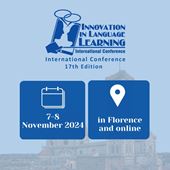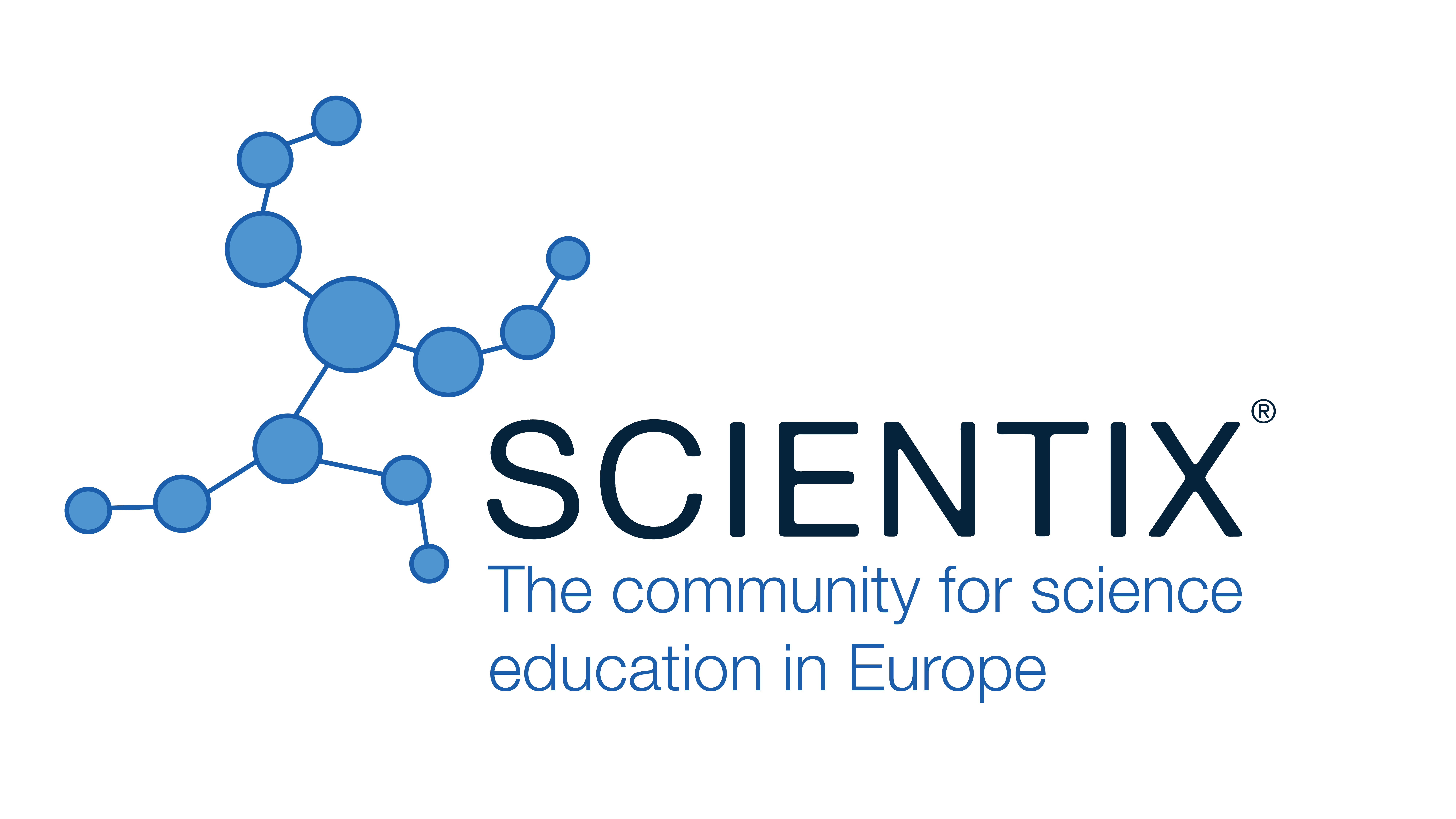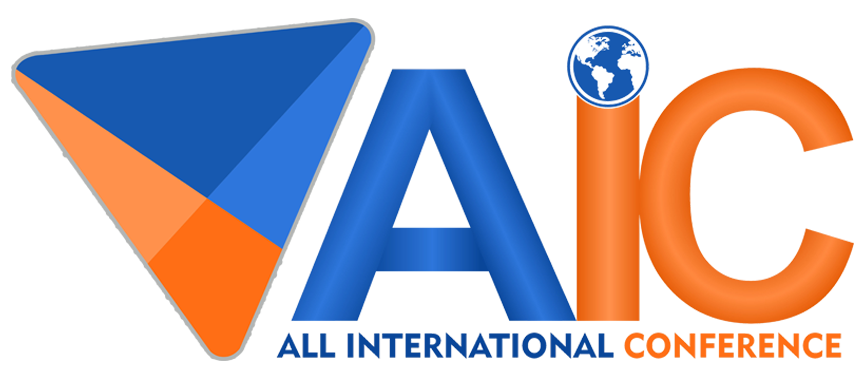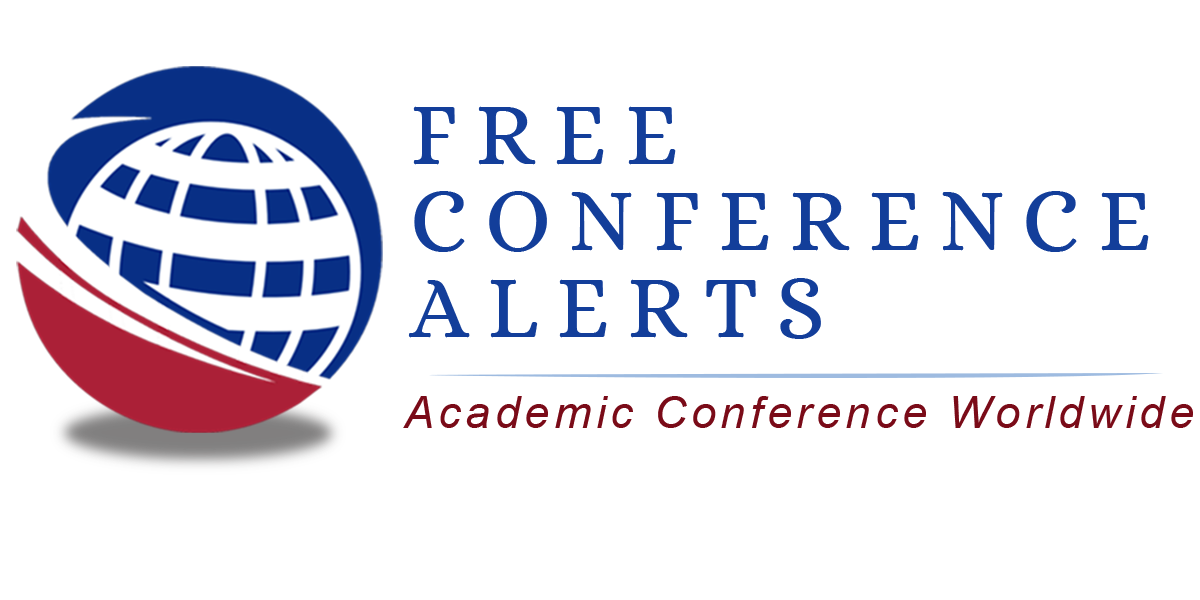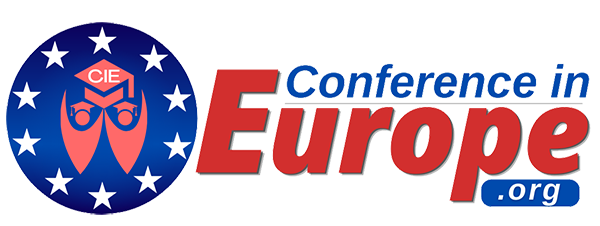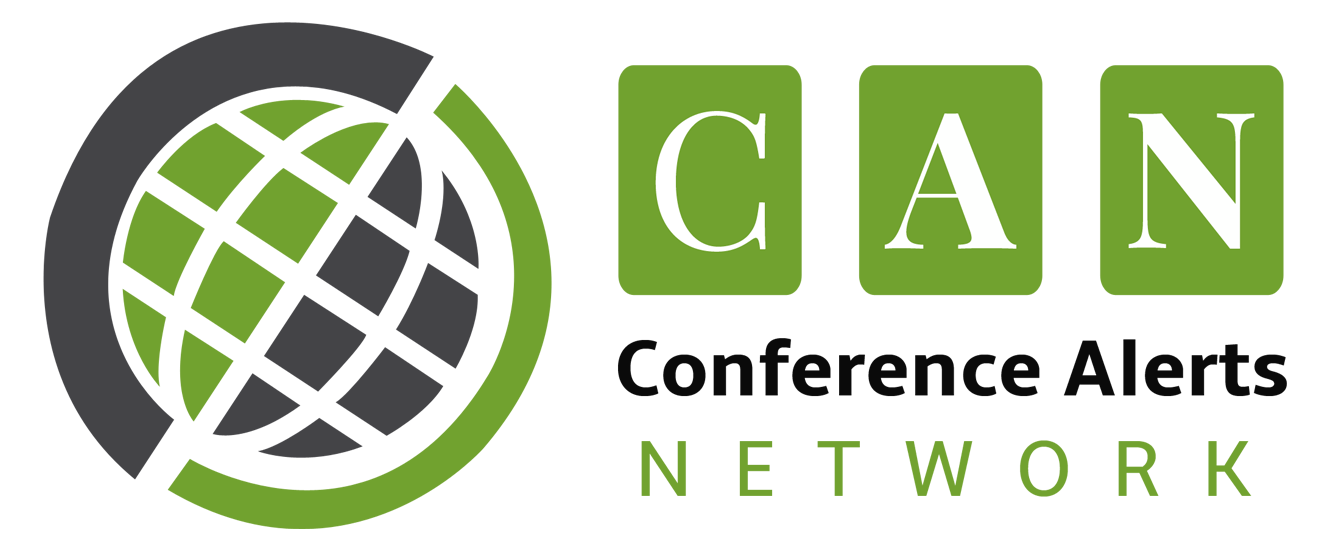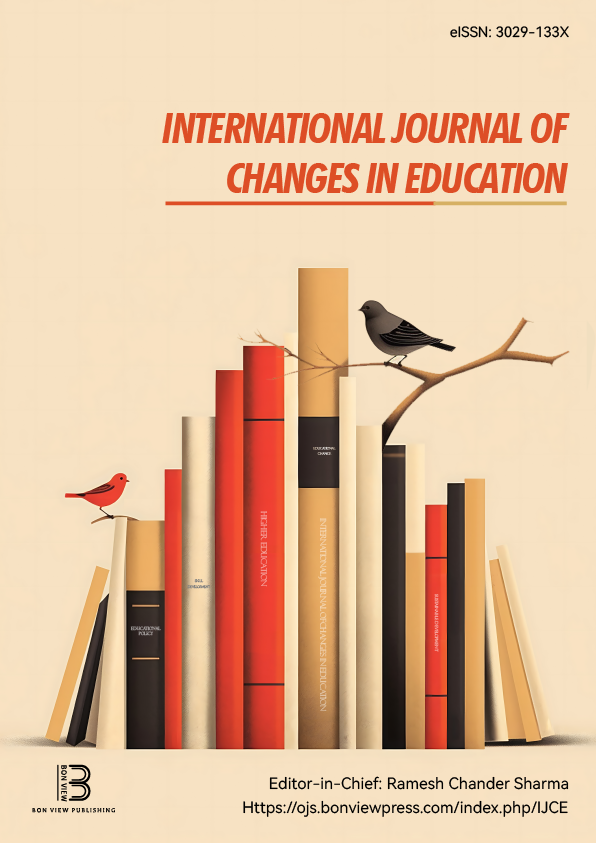Nature Journaling and city problems: An Approach to Connect Scientific Content and Local Reality
Laura Mejia, PhD student at UNIVERSIDAD DISTRITAL FRANCISCO JOSÉ DE CALDAS (Colombia)
Alvaro García -Martínez, Profesor DIE Universidad Distrital (Colombia)
Abstract
Laura Alejandra Mejia Agudelo1, Alvaro Garcia Martinez2
1 Universidad Distrital Francisco José de Caldas, Colombia, ([email protected])
2 Universidad Distrital Francisco José de Caldas, Colombia, (Álvaro.Garcí[email protected])
The integration of Nature Journaling and Citizen Science represents a powerful approach to transforming passive classroom learning into active [1], meaningful engagement [2]. By using direct observation and documentation, students move beyond abstract concepts to produce tangible knowledge about their immediate reality [3]. In this way this work was conducted with 7th-grade students (ages 11-13) at the Colegio San José Sur Oriental in Bogotá, Colombia. The goal was to foster deep, significant learning by connecting scientific concepts to a local environmental issue: the overpopulation of stray dogs and cats and other problematics on their territory.
The project was executed in a continuous sequence, aligned with Experiential Learning Theory. Students began with the active task of creating itinerant journals, meticulously describing and illustrating the animal presence during their daily commutes. This initial phase was vital for data collection and was significantly amplified by the involvement of their parents, who contributed supplementary observations, fostering an intergenerational dialogue on civic responsibility. Next, the work shifted to collaborative analysis. The journals became the primary data source, allowing for group analysis of texts where students identified patterns and core problems. Following this, students utilized art as a reflective and analytical tool, translating their field notes and artwork into quantitative data by creating cartographic maps. These maps accurately pinpointed the locations and severity of their observations involving the community.
The culminating step was the presentation of the resulting journals and maps to the local community and the partner animal welfare organization. This synthesis of observation, art, and public sharing successfully moved the students toward a profound recognition of their surroundings, cultivating critical consciousness and demonstrating how their scientific and artistic skills can be used for direct community action [4].
|
Keywords |
Nature Journaling, Field Journaling, Environmental education, Community engagement |
|
REFERENCES |
[1]Shah HR, Martinez LR. 2016. Current Approaches in Implementing Citizen Science in the Classroom. J Microbiol Biol Educ. 17:. https://doi.org/10.1128/jmbe.v17i1.1032 [2]Harlin, J., Kloetzer, L., Patton, D., Leonhard, C., & Leysin American School high school students. (2018). Turning students into citizen scientists. In S. Hecker, M. Haklay, A. Bowser, Z. Makuch, J. Vogel, & A. Bonn (Eds.), Citizen Science: Innovation in Open Science, Society and Policy (pp. 410–428). UCL Press. http://www.jstor.org/stable/j.ctv550cf2.35 [3]Tsevreni, I. (2020). Nature journaling as a holistic pedagogical experience with the more-than-human world. The Journal of Environmental Education, 52, 14 - 24. [4]Jennifer Bollich; Nature Journaling in the High School Classroom. The American Biology Teacher 1 April 2023; 85 (4): 187–191. doi: https://doi.org/10.1525/abt.2023.85.4.187 |
 New Perspectives in Science Education
New Perspectives in Science Education


